Linoleum printing and psychogenic creation – Lill Tschudi & Franz Čižek
One of the most important representatives of the Modernist British Printmaking movement will finally have a show dedicated to her at the University Gallery of Applied Arts. A text by Sabine B. Vogel.

Lill Tschudi, Fixing the Wires, 1932. Graphische Sammlung ETH Zürich © The artist’s estate
Already in the early 1930s, Lill Tschudi (1911-2004) was known in the English-speaking world for her colorful linoleum prints. In her native Switzerland, however, she remained little known even after her return in 1935 until her death. Yet she was one of the most important artists of the Modernist British Printmaking movement; the Metropolitan Museum in New York alone owns 118 prints by Tschudi. Last year, her works were honored in the ETH Zurich’s Graphic Collection, and now, in cooperation with the University of Applied Arts and the ETH Zurich, they can be seen comprehensively for the first time in Vienna.

Lill Tschudi, Tour de Suisse, September 1935 (printing form)/ c. 1965 (production of the print). Linocut on Japanese paper. Graphische Sammlung ETH Zürich © Estate of the artist
For this purpose, the Zurich holdings of the Swiss artist will be combined with works from the Angewandte’s art collection. The focus is on Franz Čižek (1865-1946). Tschudi and Čižek, however, neither met nor had contact. The connection arises through the development of color printing and reform tendencies in pedagogy: Tschudi studied at the London Grosvenor School in 1929 with Claude Fight, who was influenced by Čižek’s pedagogical approach under the motto ‘Art of Children’. Čižek had taught at the Vienna School of Applied Arts, and works by his students were shown in international traveling exhibitions – and this is only the extreme abridged version, which is conveyed in detail in the exhibition with information sheets.

A child in front of his works, youth art class of Franz Čižek, 1934. Photographer: Robert Johann Bohl, photo: Wien Museum.
But how can such a comprehensive package of background information, references and artistic works from masters to pupils be packed into an exhibition, which, moreover, takes place in the historic rooms of the Heiligenkreuzerhof? Spatially, many small bunks were built in, where Tschudi’s works meet works from the “Youth Class” and the “Franz Čižek School.” The information signs help with the content, but the writing is so small that you should borrow a magnifying glass at the entrance – and it’s worth it!

School Franz Čižek, exhibition in Paris "L'Exposition des arts decoratifs et industriels modernes", 1925. © University of Applied Arts Vienna, Photo: Bruno Reiffenstein
Central here is Čižek’s idea of activating children’s “psychogenic creation” in the classroom, which exposes their innate creative abilities – as evidenced by the student works. This reflects an impressive spirit of departure and an enormously self-confident independence – what treasures rest in the collection of the Angewandte! The highlight of the show are Tschudi’s prints influenced by jazz, big city life, cubism, futurism and especially constructivism, the pictorial motifs expressively reduced, the technique experimental, the art historical references excitingly processed. This exhibition is a must for every art teacher!
Lill Tschudi – Franz Čižek. A delightful sort of game, Heiligenkreuzerhof, 11.10.-16.12.2023
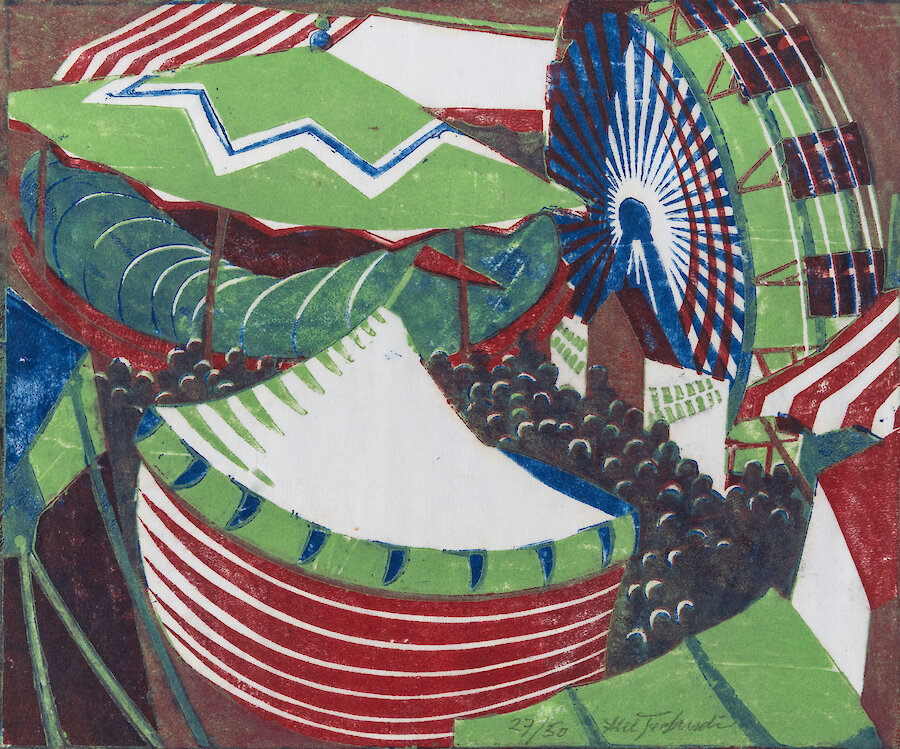



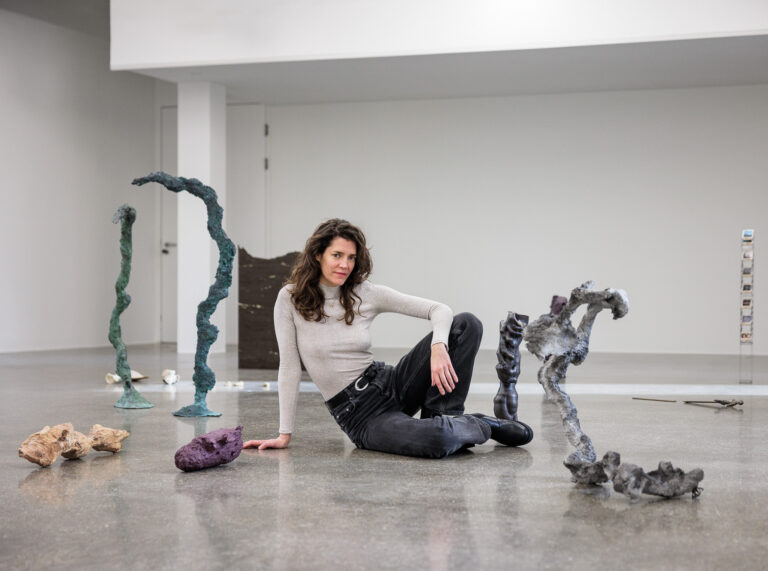
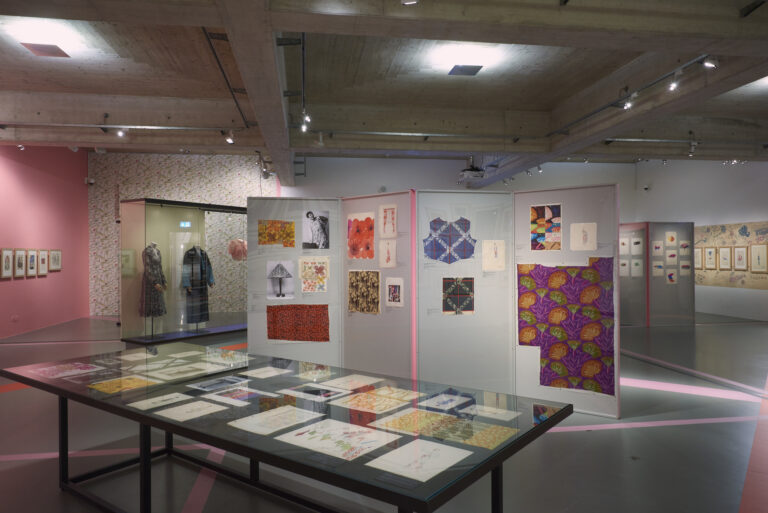
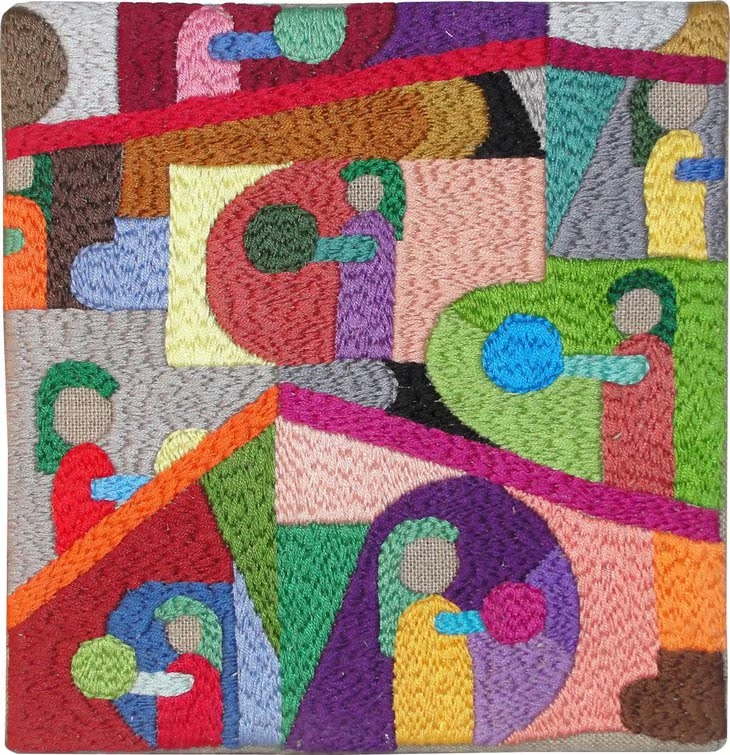

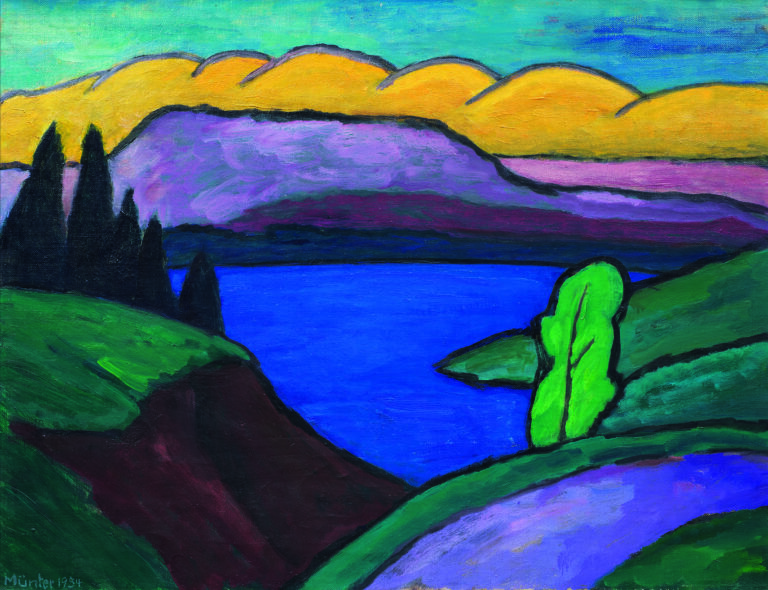
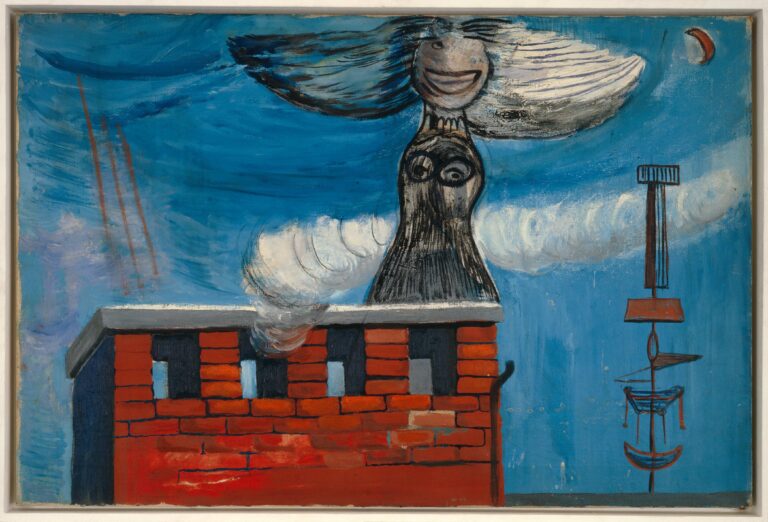
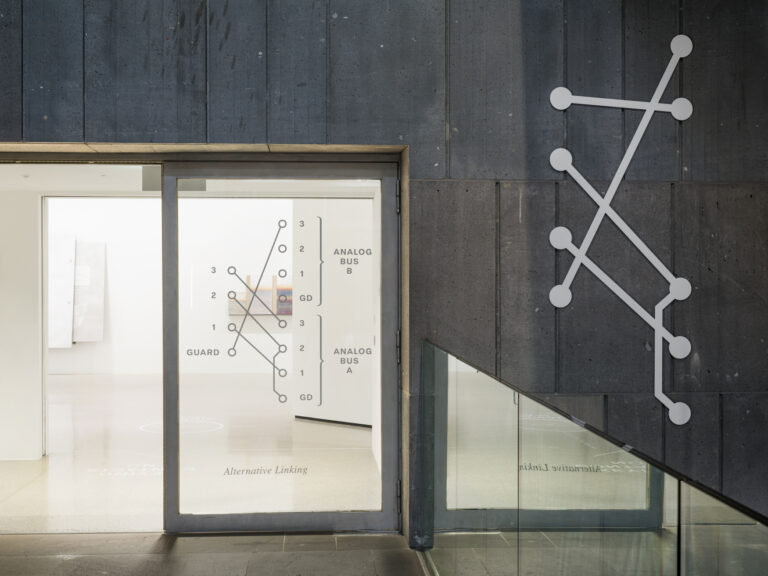
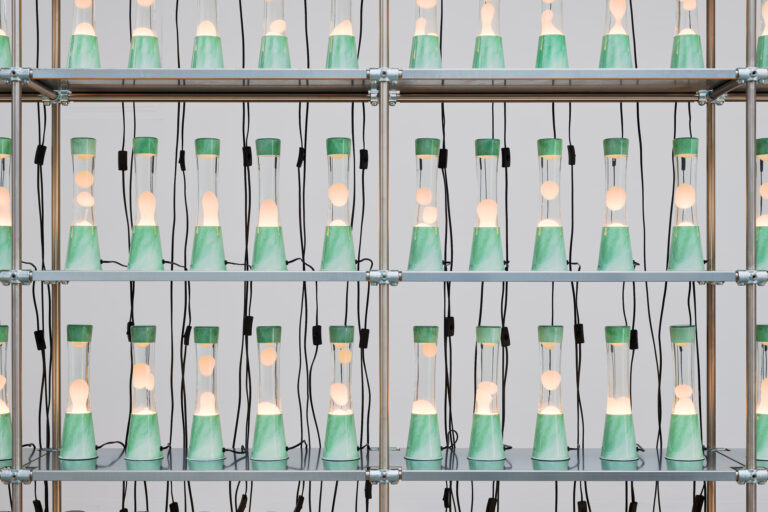
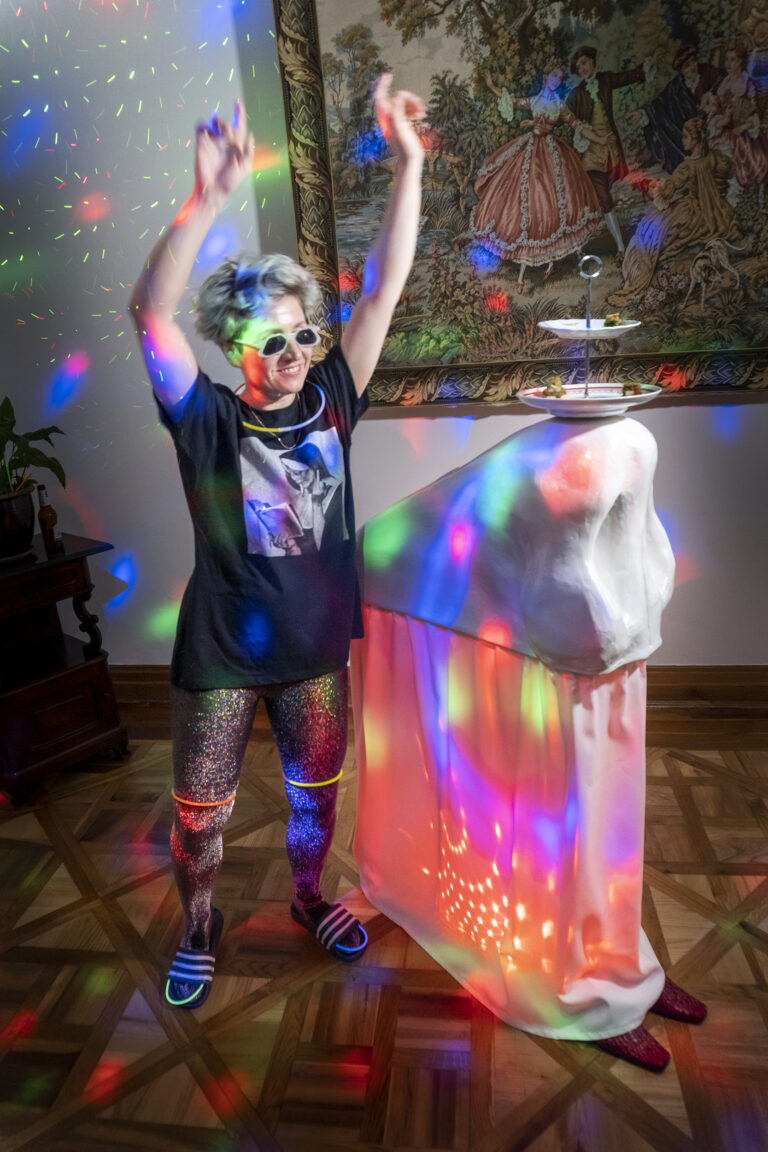
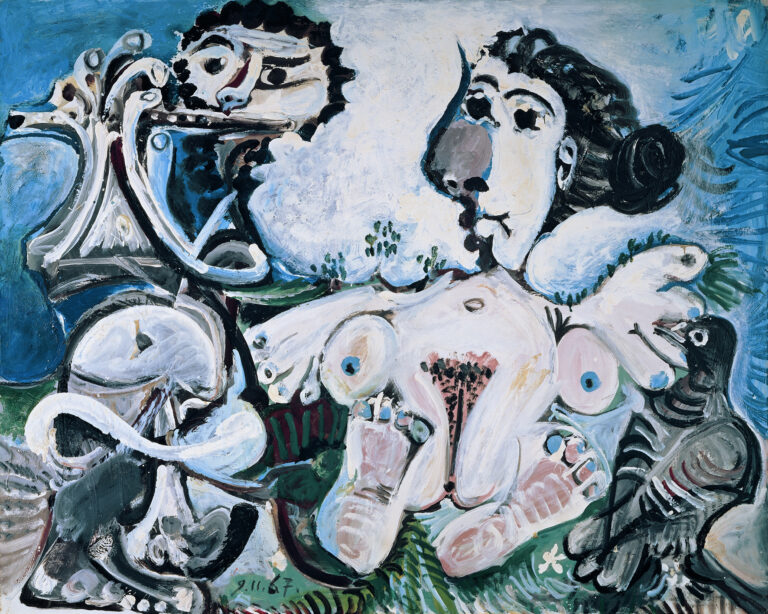
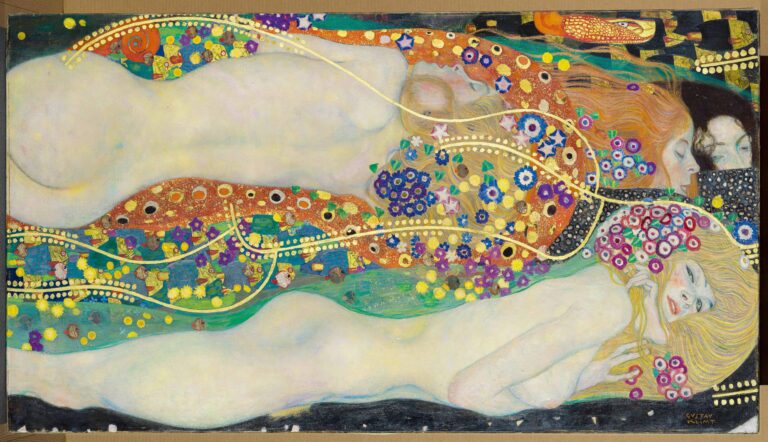
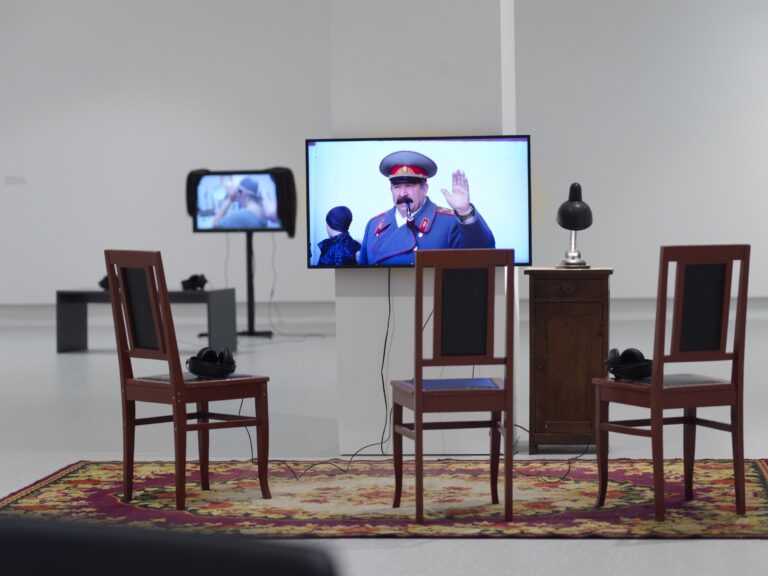
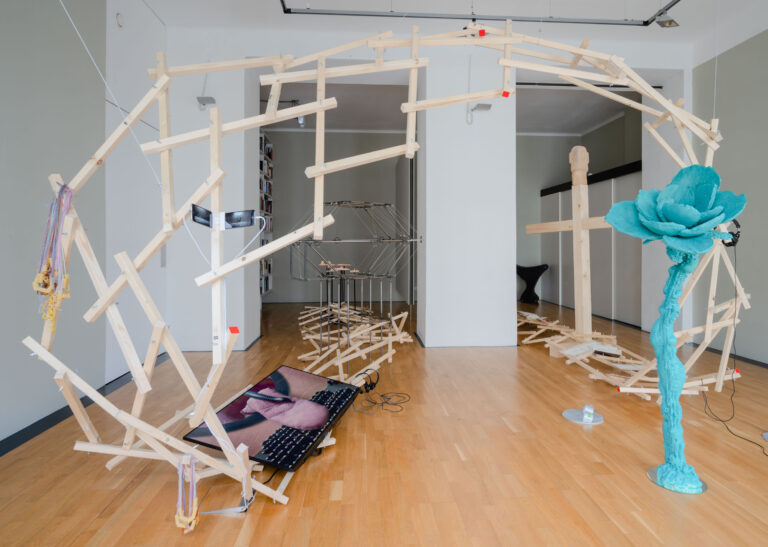
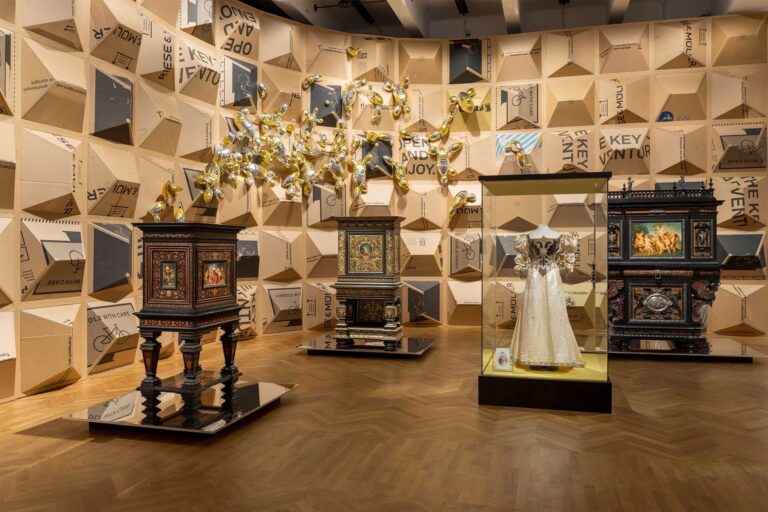
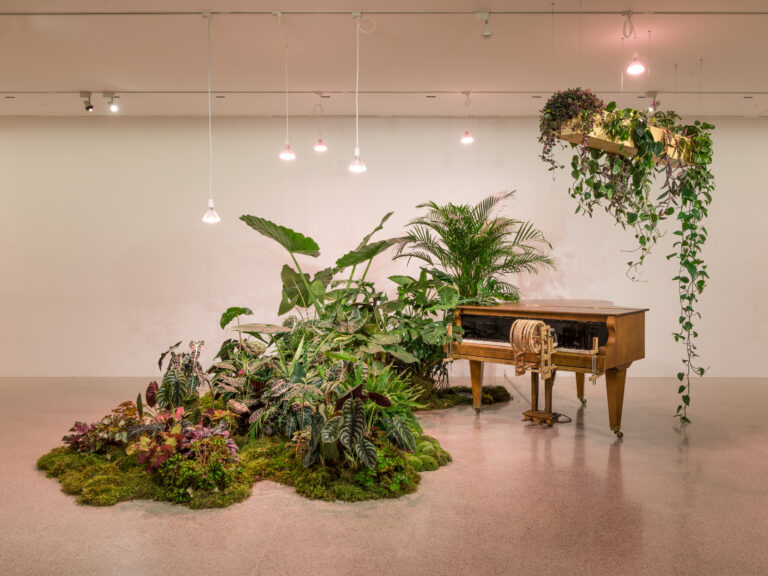
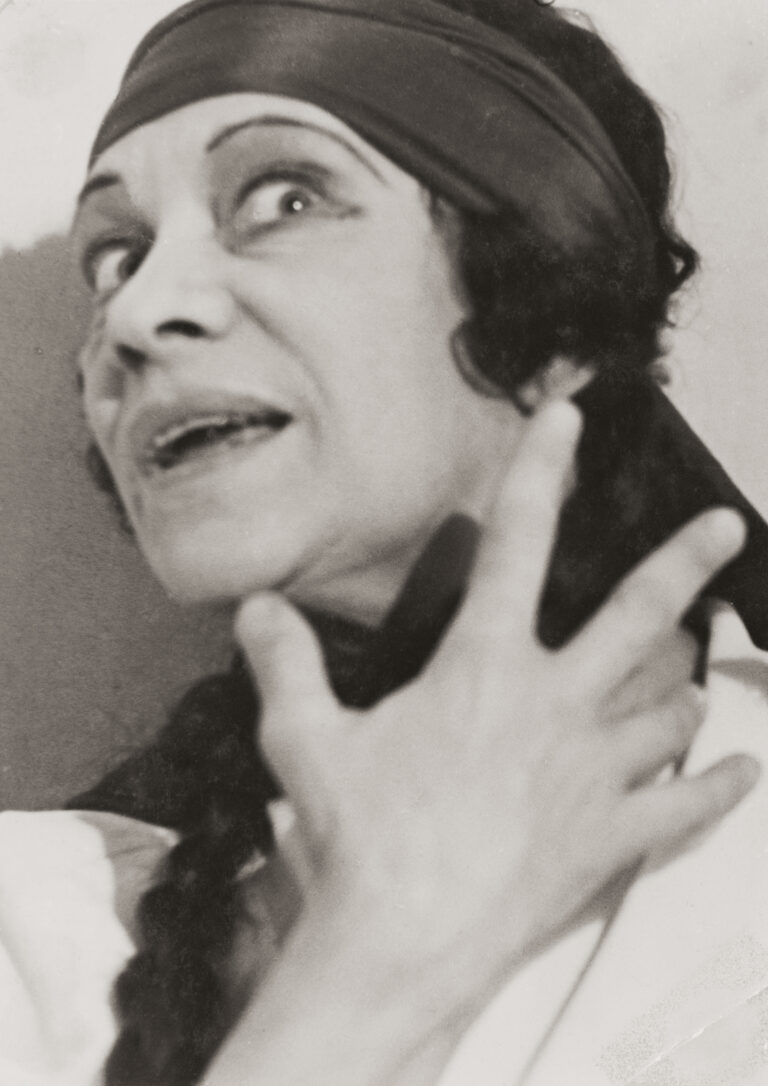
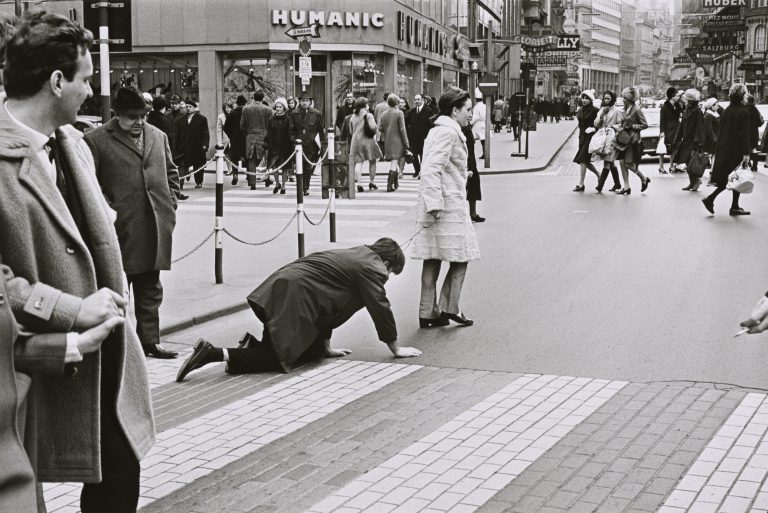
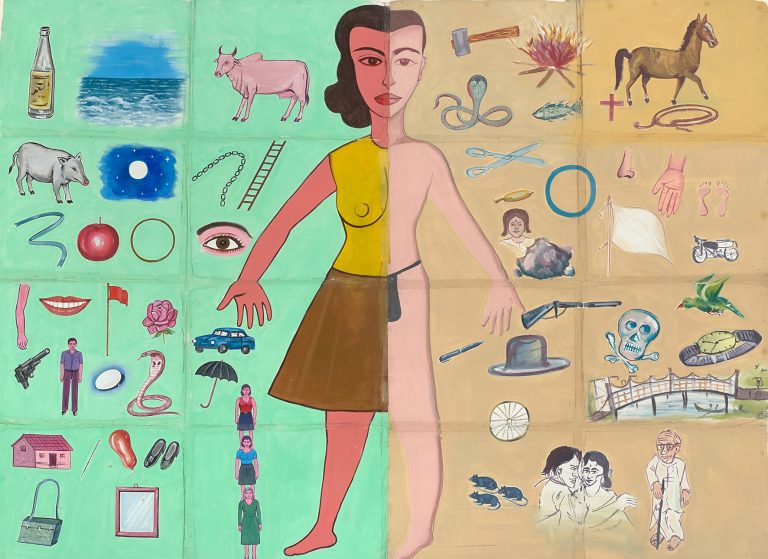
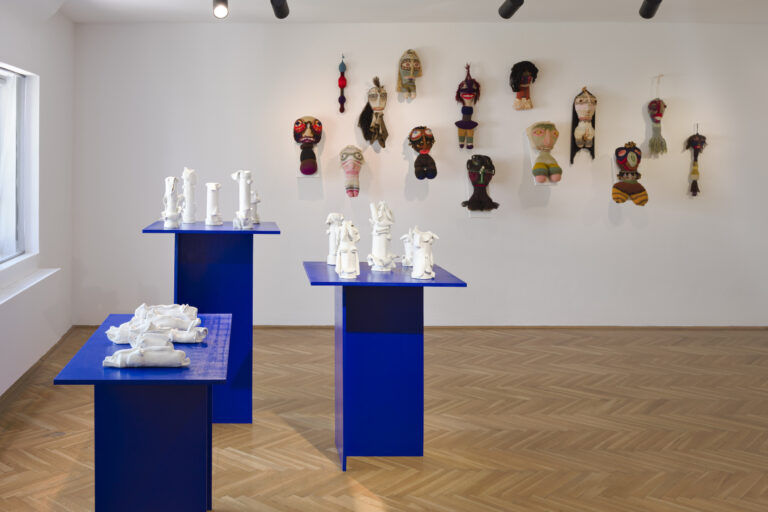


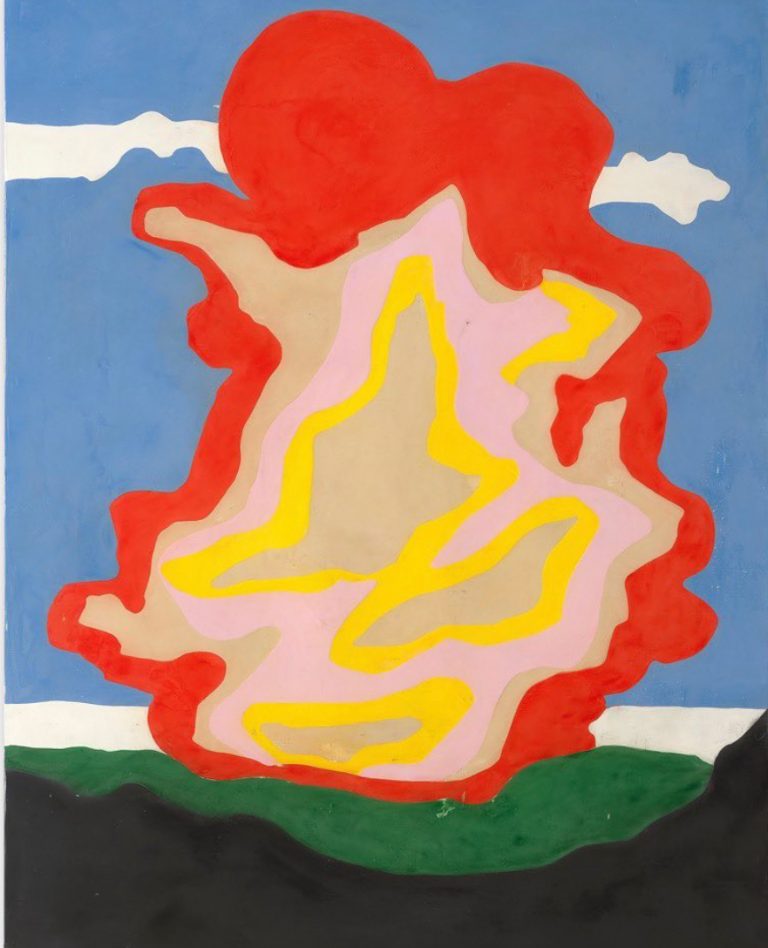

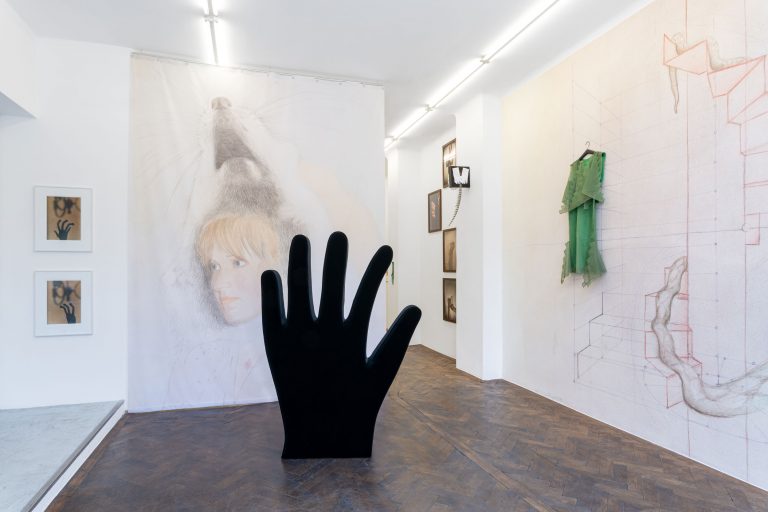
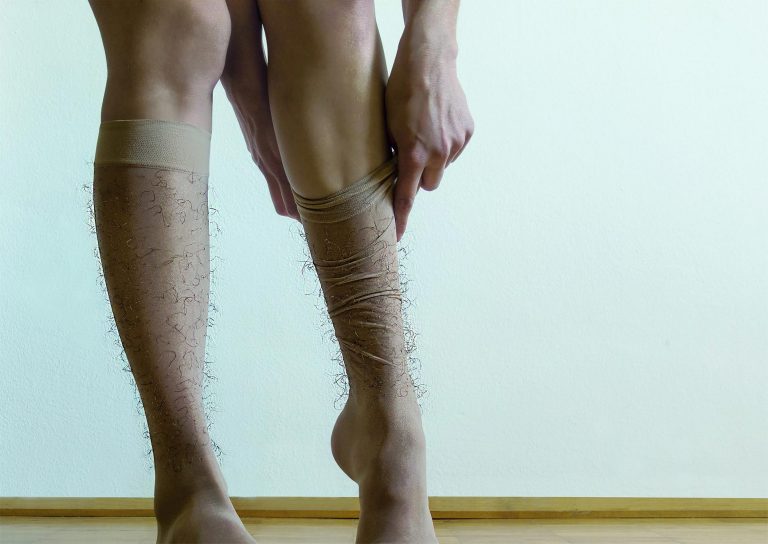
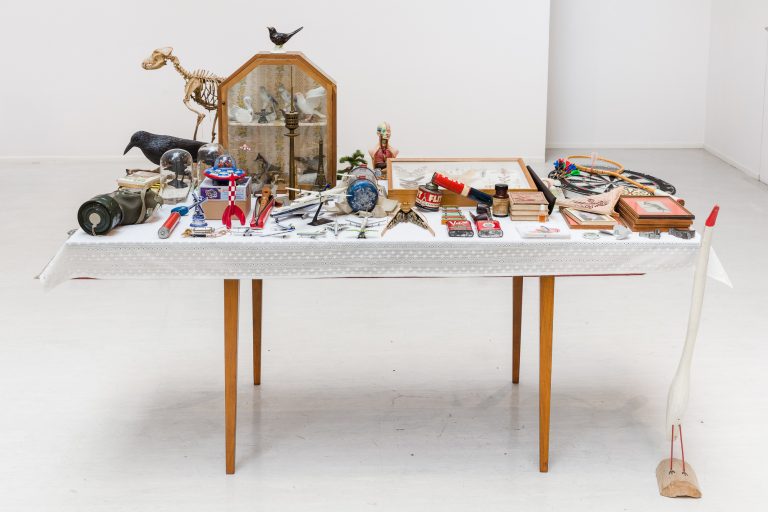
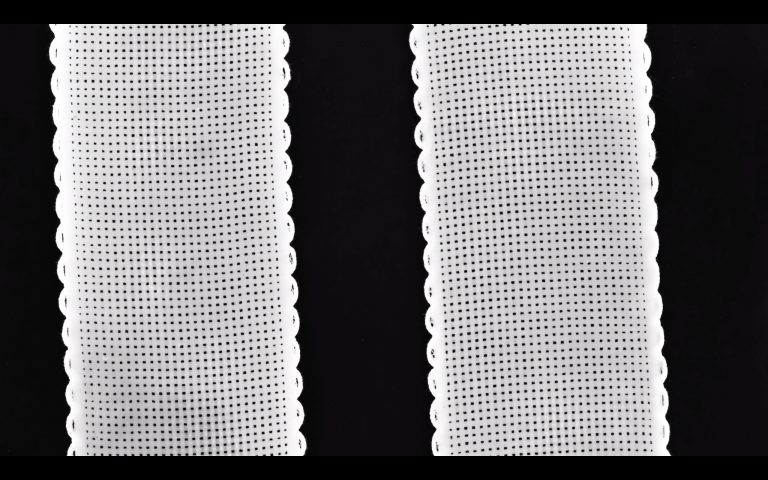
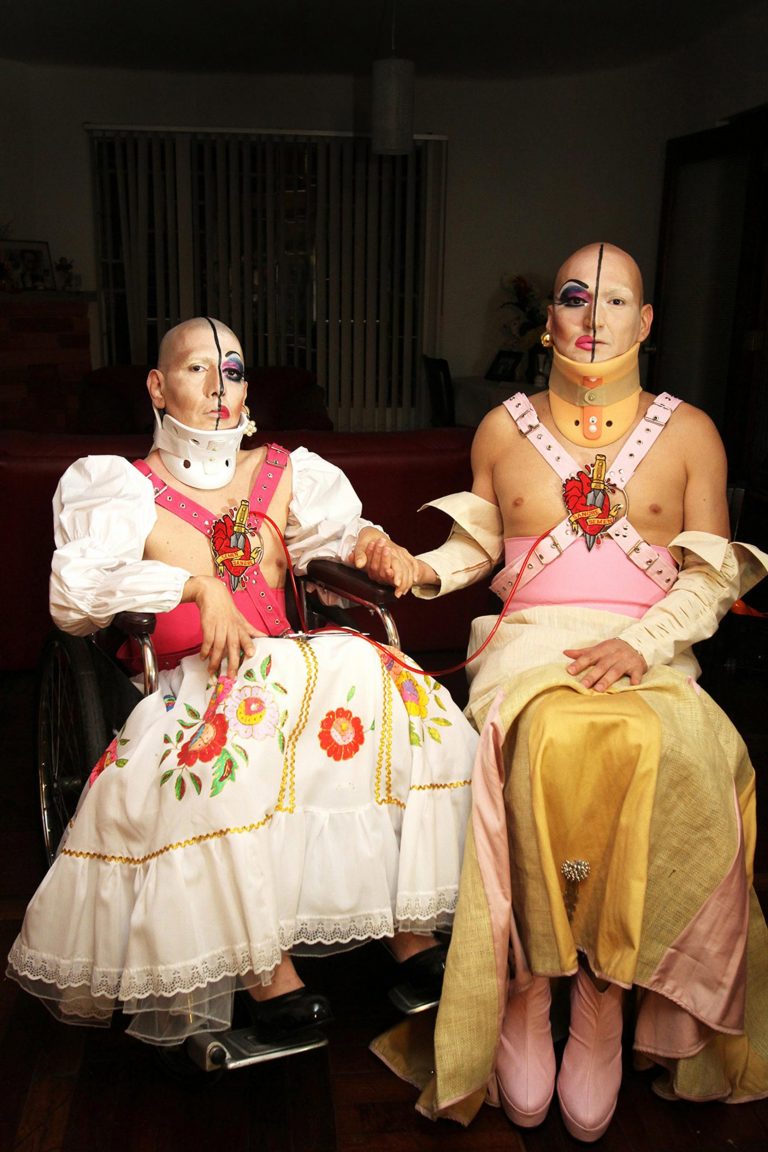
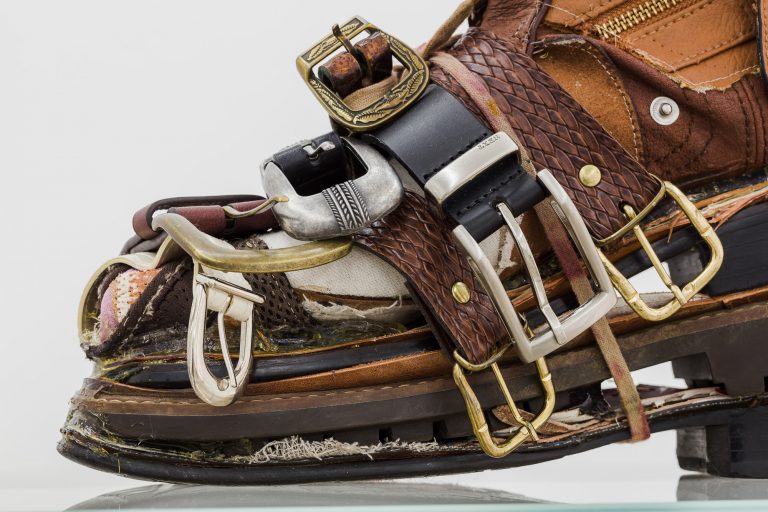
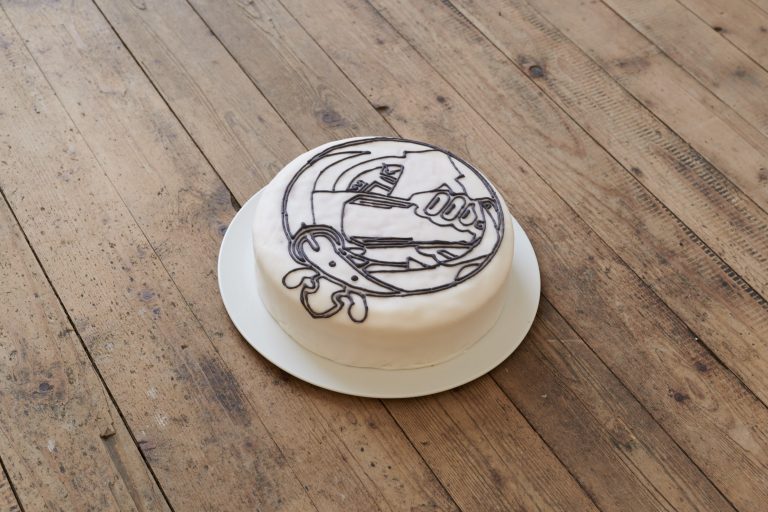
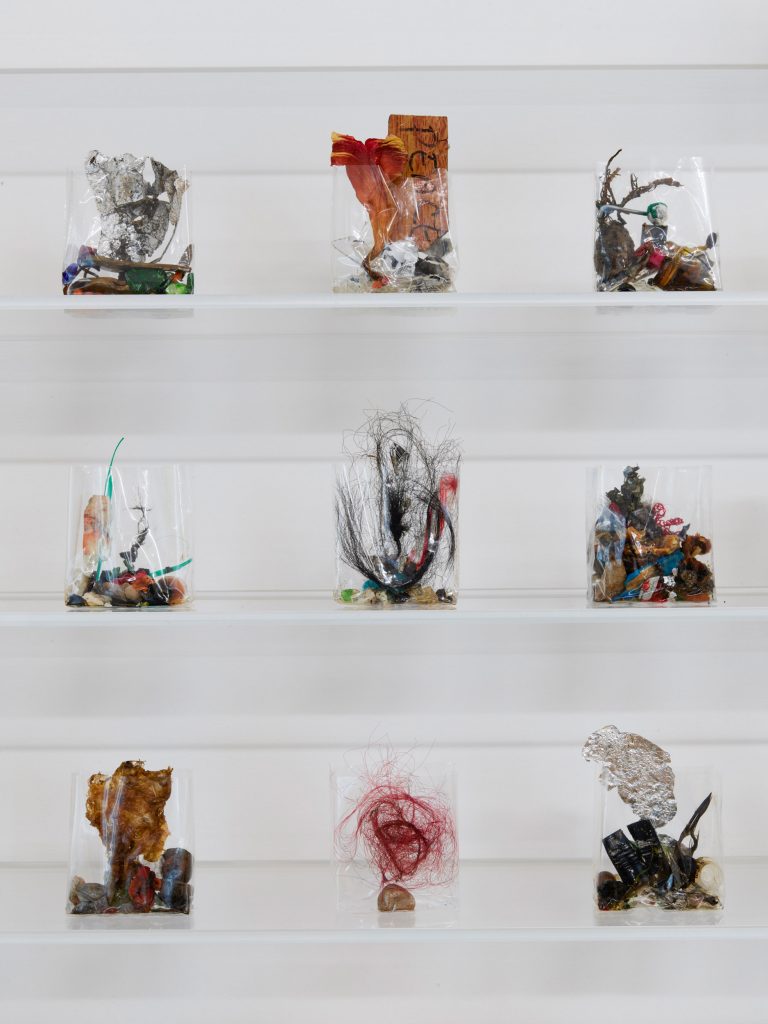

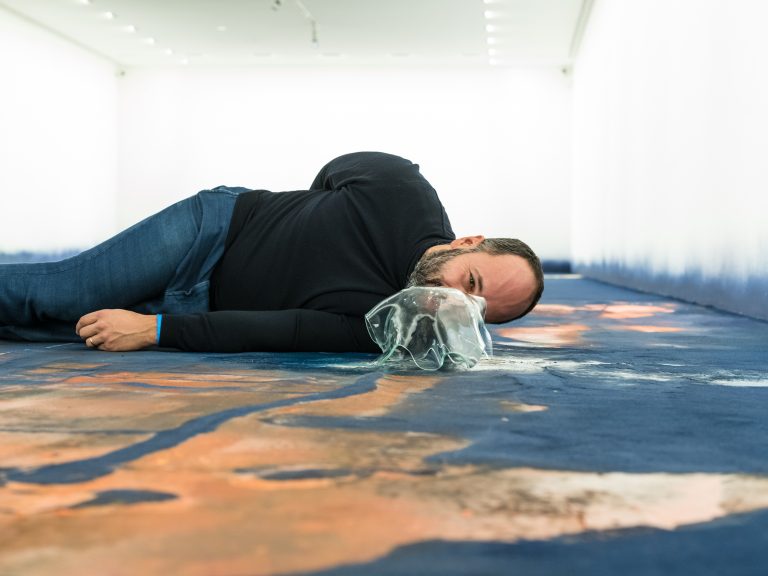
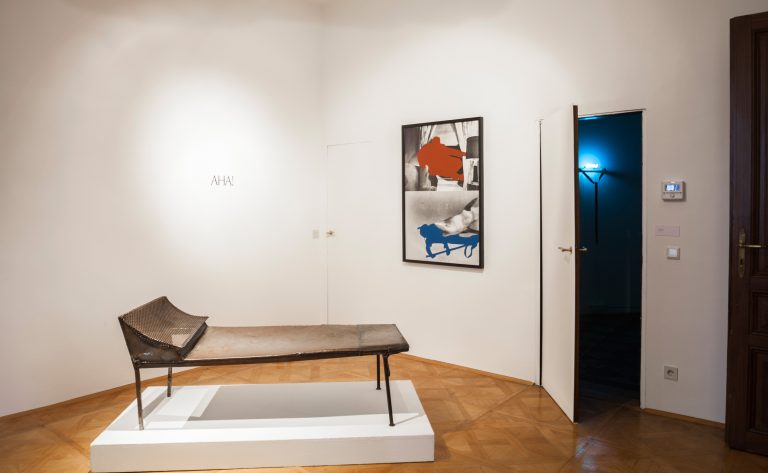
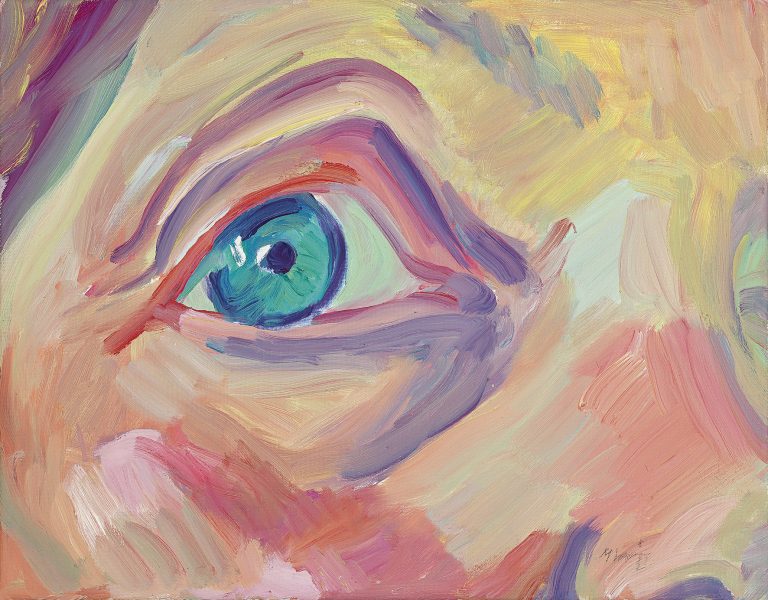
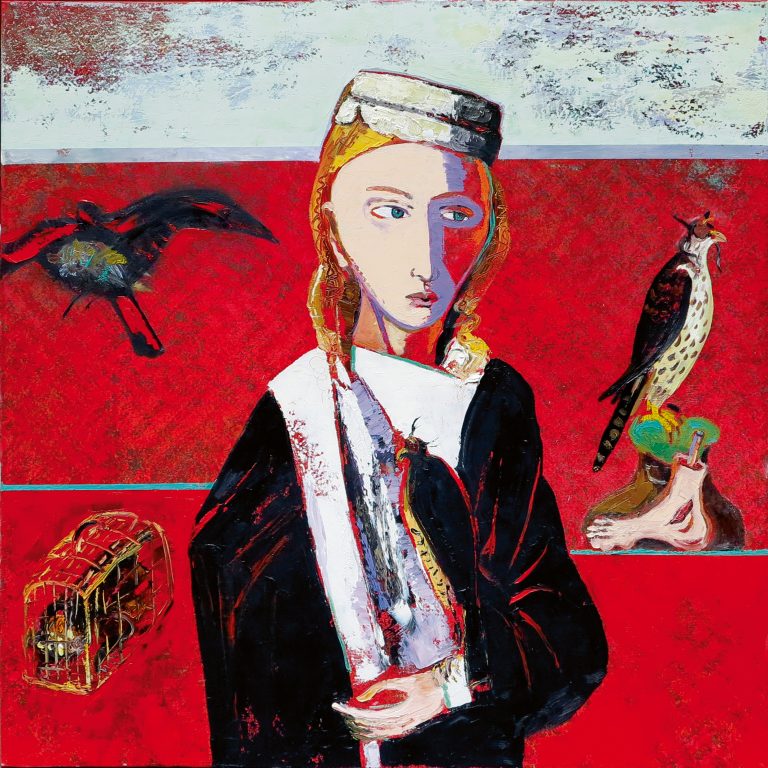
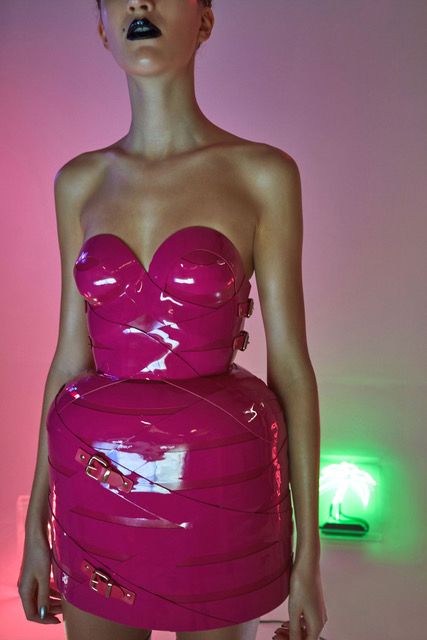
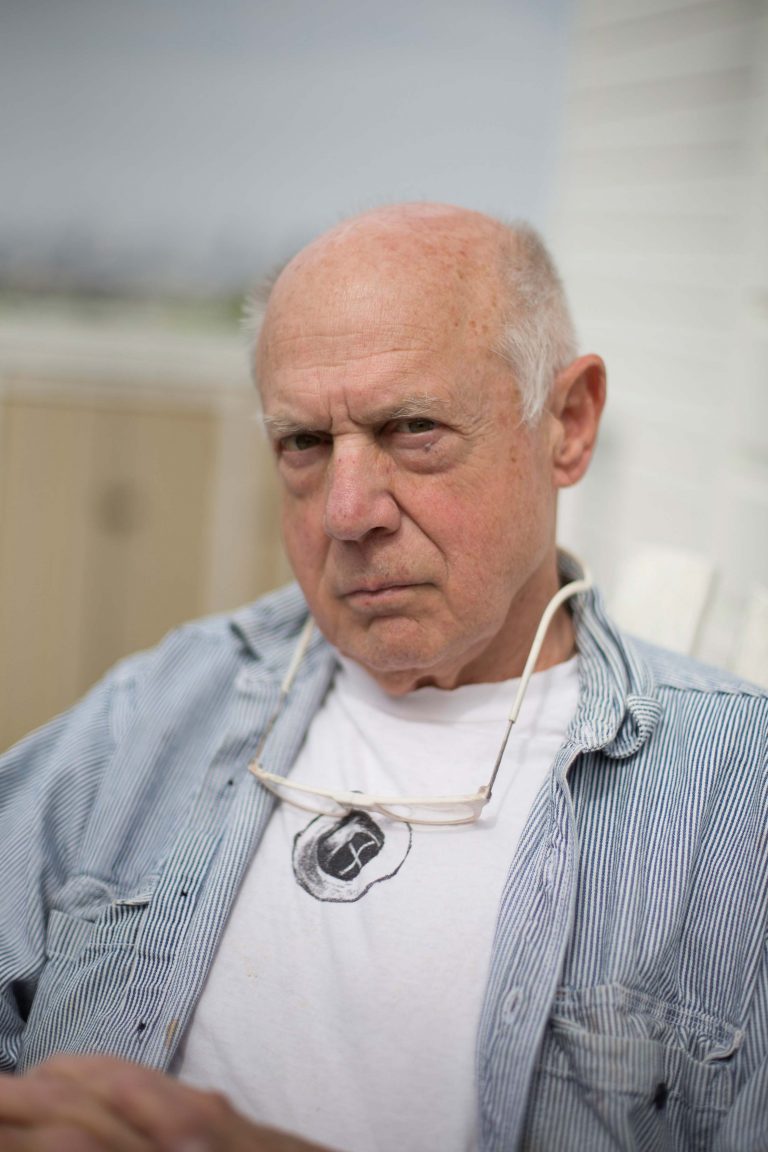
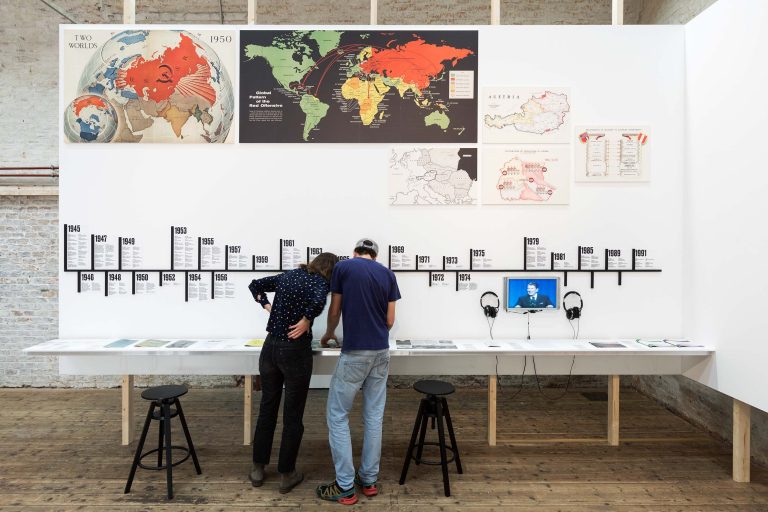
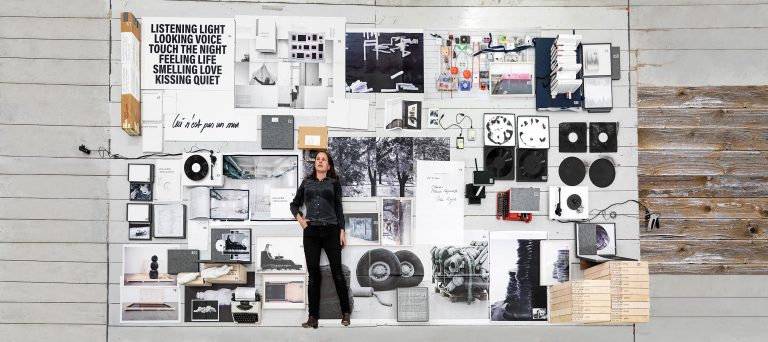
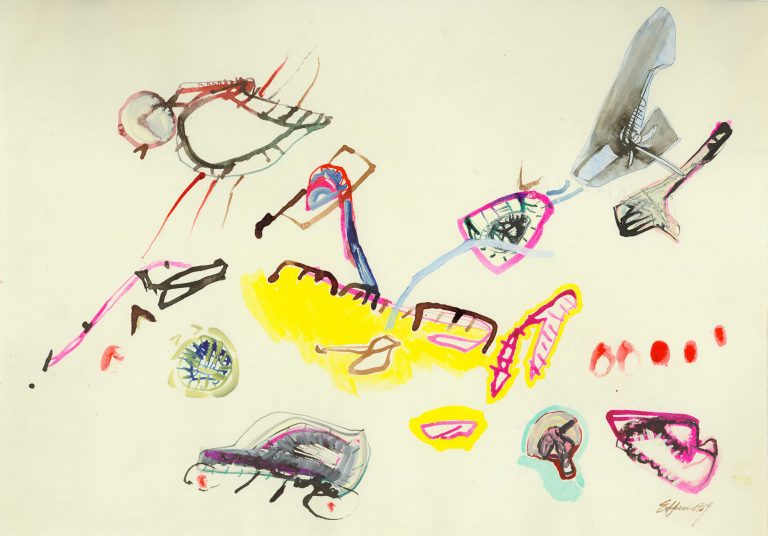
 and then
and then